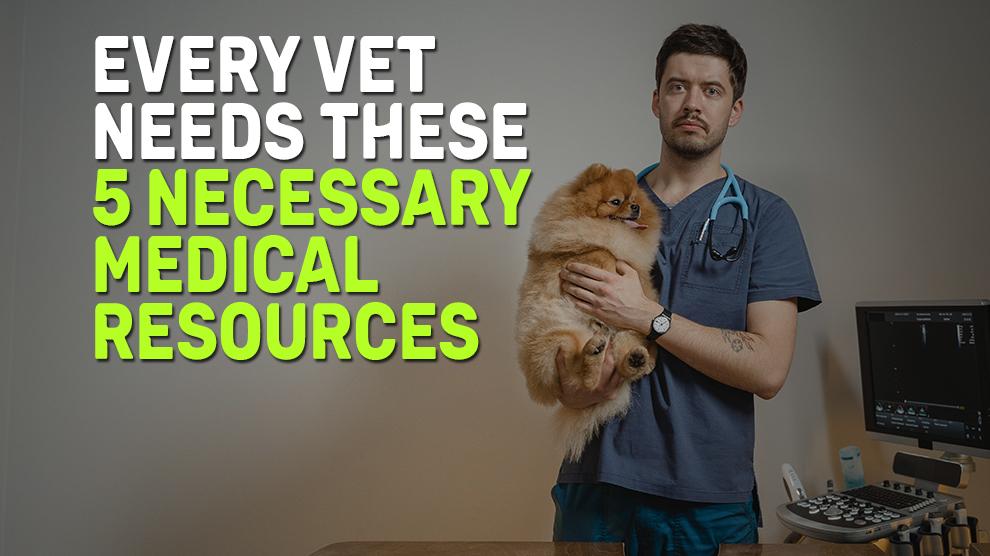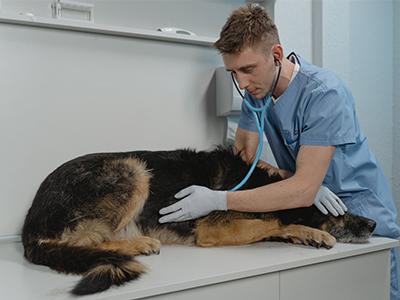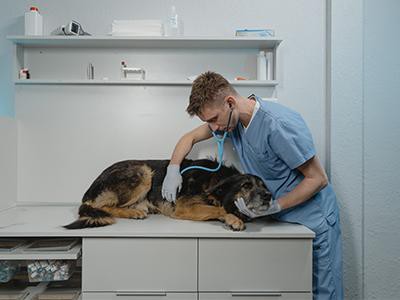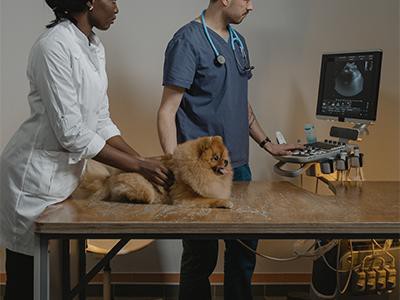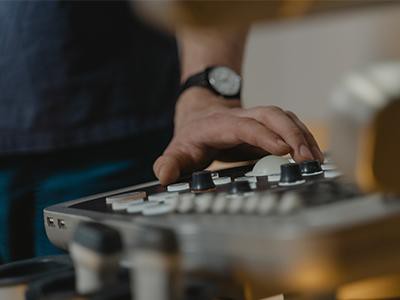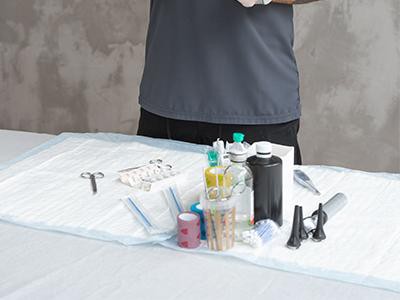Dog Pregnancy Calculator And Timeline
Most pet owners, if not all, would value their pets as integral members of their families. Ensuring proper medical care for them is high on their agenda at all times.
These delicate creatures are often unable to express discomfort with enough clarity for the owners to take necessary curative steps by themselves. This is why professional assistance and medications from veterinarians are highly recommended.
The entire process of the checkup a vet generally performs on a pet animal may involve complicated instruments.
In most cases, the better-equipped a veterinarian is, the higher the chances of a pet owner to receive satisfactory services, which may include a smooth experience for the beloved pet going through all this. Here is a list of tools most vets must have to treat your pet.
Veterinary Stethoscope
The use of stethoscopes in various medical aspects is nothing out of the ordinary. It is considered one of the fundamental instruments a professional would require to assess the conditions initially.
A stethoscope amplifies the sound generated from a heartbeat or the expansion and contraction of the lungs. Even the sound waves produced within the intestines are captured and relayed for high-end diagnosis.
Some of the common illnesses our pets face are related to the stomach, heart, and intestines. Stethoscopes usually help the medical professional to determine the location of the problem very fast.
There may be instances when a veterinary stethoscope is all a vet uses on a case, as they might not feel the need to diagnose further.
Veterinary stethoscopes are carefully designed to gently penetrate through the various forms of fur and muscle-coating different animals might have.
These devices are usually very compact, portable, and easy to use. Hence, its usage persists among vets ranging from fresh medical graduates to experts in the field.
Fully-Equipped Examination Table
Professionals need a serious workplace to perform the necessary procedures any situation calls for. The exam and procedure table is standard in treatment rooms and can itself be of various types.
Pet patients might have different requirements depending on their size and condition. V-top tables, lift tables, and electric/hydraulic tables are all widely used worldwide based on necessity.
Unlike regular tables, these are specially produced so that cleaning and disinfection are convenient to carry out repetitively.
These specialized tables are designed for the vet to take a closer look at the animal at eye level. These tables are mobile and can be used in multiple chambers based on necessity.
The location of the table can be changed in order to provide greater access to, for instance, another important device.
Additionally, these tables are complete packages, and multiple medical appliances are included with them. Equipment like IV pumps, overhead lights, and attachable ports for added electrical machinery are generally available with them.
Specific surgical procedures might require intensive bright light for better visibility by the surgeon, while some surgeries might require concentrated light rays on particular spots.
Owning a fully-equipped examination table (instead of just a regular table for pet patients) is strongly recommended.
Ultrasound Scanner And X-Ray Machine
Ultrasound scanners and x-ray machines may be required after completing the initial diagnosis, usually using a stethoscope as described above.
These devices provide us with precise internal images of the pet patient for the exact location of the problem. Medical professionals might decide not to prescribe anything until ultrasound and x-ray results arrive.
Without the use of these devices, such forms of examination would never be possible. Real-time images generated from ultrasound scanners give a relatively clearer picture of the body’s interior and project numeric data to help the doctors in their tasks.
X-ray machines can locate broken bones, inflamed muscles and provide visibility to other vital organs, making diagnosis more accurate, rapid, and efficient.
Electronic devices such as these provide us with digital information. Such information can easily be stored and shared, as with any other form of digital data.
This is a great benefit, as professionals can quickly access any required data and implement decisions based on that, even remotely!
Anesthesia Machine
Unlike human beings, pets do not accommodate the patience or understanding required to stay still while vets are in the process of treatment.
Each prick on the skin might result in an almighty flinch from the pet, making matters worse for the medical professional.
Especially during intricate approaches from the vet, the slightest form of muscle movement from the pet patient can be hazardous. Anesthesia machines solve this issue with perfection.
Despite the seemingly risky nature of the procedure, anesthesia can safely put the pet in monitored “deep sleep” for hours if implemented correctly.
Aggressive animals requiring delicate care to dangerous parts of their body greatly benefit from anesthesia. Issues on their teeth, tongue, mouth, or fingers can easily be dealt with while they remain safely unconscious.
Ranging from routine scans to open-heart surgery, the diagnosis and healing possibilities are endless.
Furthermore, these machines do not stop contributing to valuable services even after the completion of their primary task.
Modern anesthesia machines also provide suitable breathing assistance to the pet patient. These are specifically designed for animal patients and are highly valued by veterinarians from all around the world.
Important Medical Products
Stethoscopes are common instruments for all situations. Even a healthy dog, for instance, might feel the gentle press of a stethoscope on its chest every now and again, simply for checkup purposes.
However, a device like a cauterizing machine is only used in particular situations.
Cauteries
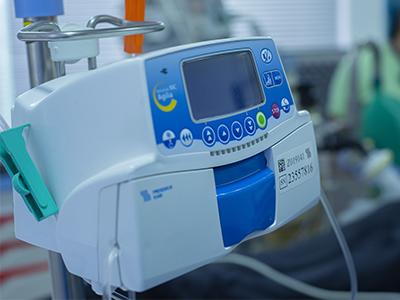
Open wounds require the fastest form of medical attention, and quite possibly, immediate action to close them. While there are various ways to attend to such situations, the use of cauteries is the most effective.
These devices can swiftly stop bleeding and prevent eventual exsanguination. Even wounds that are too deep and widespread can be tended to by using a cauterizing machine. Complete sterilization of the devices is essential in order to avoid cross-infections.
Thermometer
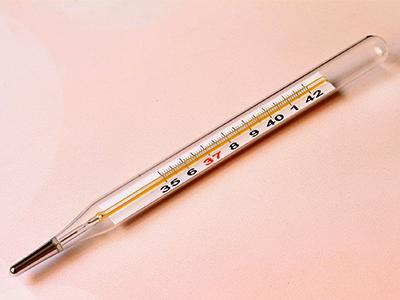
Regular thermometers for human beings are equally effective for pet animals as well. However, due to its fragile nature, it is recommended to avoid the traditional mercury-in-glass thermometer on an animal.
The use of ear thermometers and digital rectal thermometers decreases that risk notably. A quick check on the body temperature might sway the decisions being made by the vet, leading to a safer outcome.
Consistency is key here. A rectal and an ear thermometer might produce varying readings relative to each other. It is recommended to use a single type of thermometer on a pet patient during all the checkups.
Weighing Scales
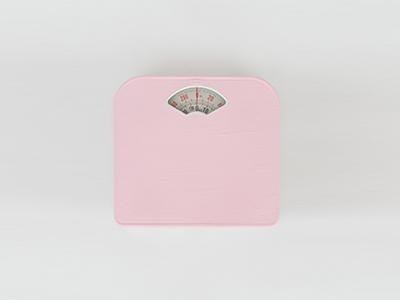
Treatments may vary significantly depending on the weight of the patient. Medicinal doses are prescribed based on this factor, along with a few others.
These scales are available, depending on requirements. Veterinarians who only treat small animals do not need a large weighing scale that is usually used to weigh, say, wild bears.
Additionally, the food dedicated for the in-house pet patients of a hospital can also be weighed and measured on these scales, making them multi-purpose gems.
Sterilizers
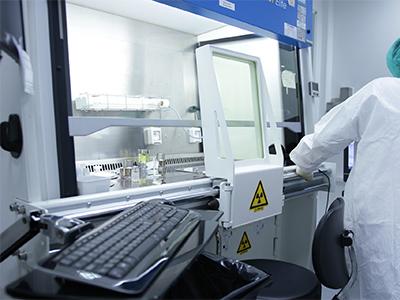
There is a reason hospitals are regarded as some of the safest places on the planet. A sense of safety persists within the walls of a hospital, and that is because of the clean and sterile nature of the premises.
Therefore, the availability of an ample amount of disinfectants and sterilizers in hospitals is mandatory.
Among the many benefits of the use of sterilizers, making an area free of contamination is primary. It is common practice for a medical professional to completely sterilize all the equipment to be used before attempting any form of medical procedure.
This ensures no germ remains on any of the instruments and negates the possibility of cross-infection. Moreover, keeping the equipment sterilized increases its durability and ensures years of effective service.
Conclusion
It is wise to acquire knowledge and stay on top of the issues that are crucial to our pets’ wellbeing. Pets are, generally, so involved in the lives of their owners that, as mentioned initially, they become a part of it.
These owners expect proper medication from veterinary professionals once the need arises. They never seem to have an end to the curiosity of the medical procedures being performed by the vets.
Surely, it does not harm the owners to know about the “fancy” equipment being used on their beloved pets by the vet. A general idea of the devices being implemented can go a long way for the welfare of the pet in the long run.
Medical professionals should also constantly be on the lookout for newer versions of these devices. Any change in the intricacies of these may be beneficial, something which the veterinarian has to be in touch with at all times.
There sure is no end to the wonders science keeps bringing to our doorsteps. However, as of now, the instruments are the way to go.

